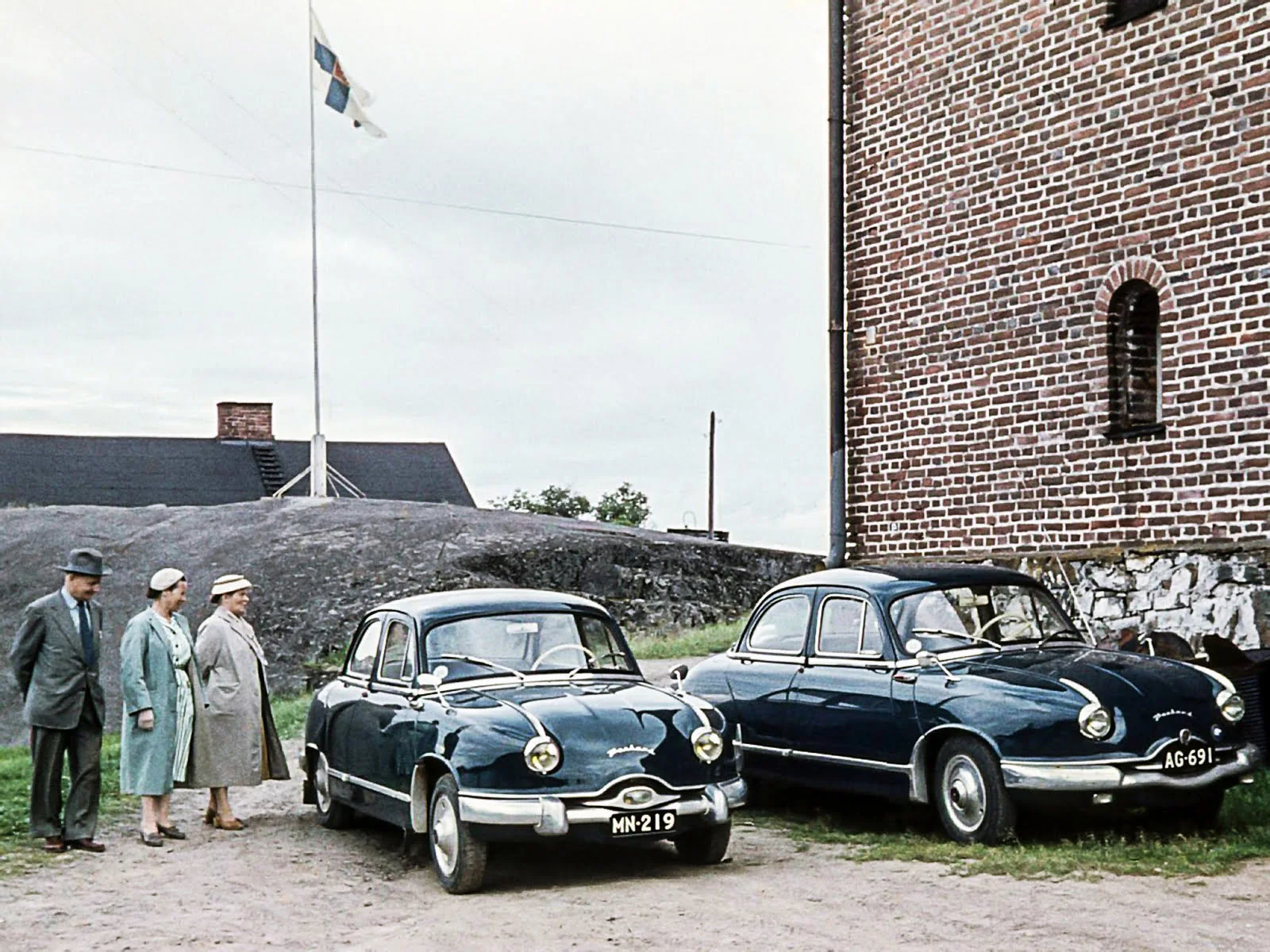The Nostalgia of Forgotten Gods: Isotta Fraschini, Italy, 1900-1949
30 March 2024 3 min read 4 images

Photo credit: Barrett-Jackson, Bonhams, Lopresto Collection
A promotional flyer by Isotta Fraschini published in the 1920s stated, "We made a commitment first and foremost to produce the best car possible in terms of quality and mechanical perfection". A statement that accurately summarizes what this brand represented in terms of pre-war technology, elegance and luxury. The Milanese Società d'Automobili Isotta Fraschini & Soci was initially involved in the sale of Renault cars powered by De Dion, Mors and Pieper engines, but in 1903 it launched the first model with mechanics manufactured by Isotta Fraschini. The engine, capable of 24 hp, was excellent and by 1905 the brand had well established its reputation.
Register to unlock this article
Signing up is free and gives you access to hundreds of articles and additional benefits. See what’s included in your free membership. See what's included in your free membership.
Already have an account? Log In

